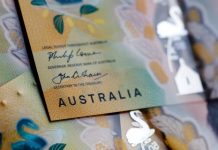- Personal income rose 0.5% in April, beating the median survey estimate for 0.3%. Personal spending (nominal) rose 0.3%, also marginally ahead of expectations (for 0.2%). March spending was revised up to 1.1% (from 0.9%).
- Removing price growth, real spending was flat (-0.03%). Durable goods spending fell 0.4% and services fell 0.1%, but was offset by a 0.3% gain in non-durable goods.
- The personal consumption price deflator rose 0.3% on the month, and 1.5% on a year-on-year basis. The core measure rose 0.2% (month-on-month) and accelerated to 1.6% year-on-year (from a revised 1.5% in March).
- The personal saving rate edged up to 6.2% in April after falling to 6.1% in March (from 7.0% in February)
Key Implications
- Even with a flat reading on real spending in April, strong growth in March sets up for a solid Q2, with real PCE growth likely just shy of 3% (annualized). This is good, because other domestic sectors, particularly business investment are looking weak.
- Core inflation edged higher in April, the first time in 2019. This remains the indicator to watch as the Fed looks for signs that its recent downward plunge is indeed transitory.
- While consumer spending is looking decent at the moment, the recent bout of financial volatility and continued escalation of trade tensions are likely to take a toll on confidence in the coming months. The imposition of tariffs on imports from Mexico will raise costs for consumers and businesses, and suggests additional downside risks to an already-precarious economic outlook.












